Partnership SIG 2024
SIG joins WWF's Forests Forward program and supports thriving forests around the world.

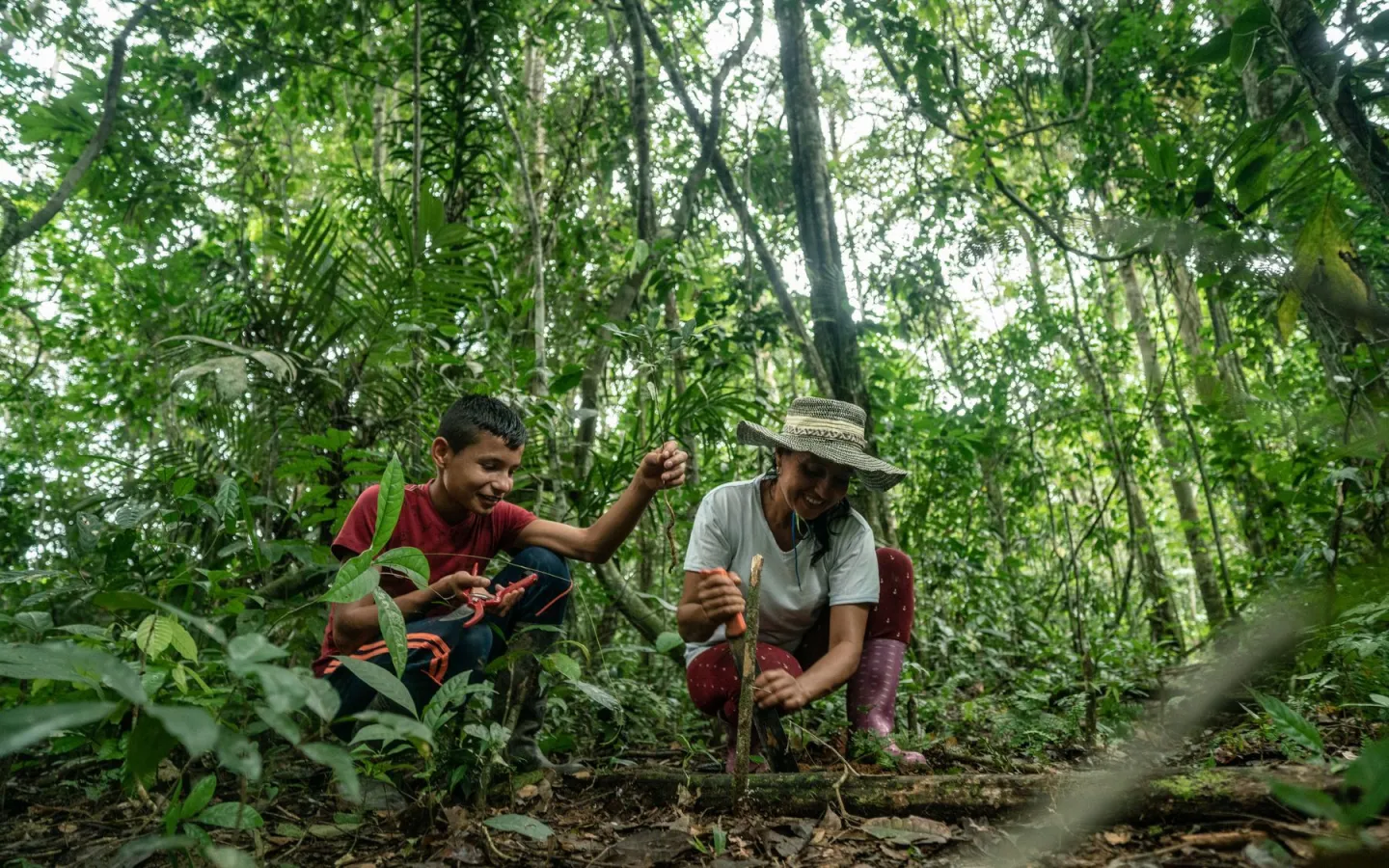
Together supporting thriving forests
As part of the five-year partnership with WWF Switzerland, SIG directly invests in significant forest projects to preserve and restore important forest ecosystems.
In addition to providing financial support, SIG is involved in project coordination, monitoring, and impact measurement to ensure that the projects on the ground lead to improvements in biodiversity, positive social impacts, and the preservation and restoration of forest landscapes.
SIG also participates in Forests Forward, a WWF program for corporate action in favor of nature, climate, and people. Companies that join Forests Forward commit to ambitious goals regarding responsible sourcing, sustainable forest management, and investments in forest landscapes. Strong, collective action by the private sector is crucial to halt and reverse the loss and degradation of forests worldwide. As part of the Forests Forward membership, SIG has set ambitious goals, which are listed on the WWF Forests Forward portal.
MEXICO: Securing the Central Pacific Jaguar Habitat through Forest Landscape Restoration
The first joint forest project of SIG and WWF supports the Central Pacific Corridor, which hosts some of Mexico's most biodiverse natural landscapes and acts as a "superhighway" connecting Mexico's forest ecosystems - a prerequisite for the survival of species like jaguars that inhabit large territories.
This region not only provides food and water for people and protects them from hurricanes and tropical storms, but is also home to various cultures and languages of Mexico. As if that were not enough, it is also home to the second largest jaguar population in the country. WWF and SIG will restore 750 hectares of damaged forests through direct action with local communities to improve connectivity and resilience. In addition, forest management will be improved over an area of 100,000ha to ensure that croplands are permeable to wildlife and resilient to climate change.
In 2024, significant progress was made:
Nurseries are producing seedlings of native species. Around 80,000 seedlings were produced in Tepic and Nayarit, which will be planted in 2025 in areas crucial for the connectivity of jaguar habitats. Two communities (Ejidos) have confirmed their participation in the restoration measures, allowing the soil to be prepared for the planting of seedlings on 185 hectares.
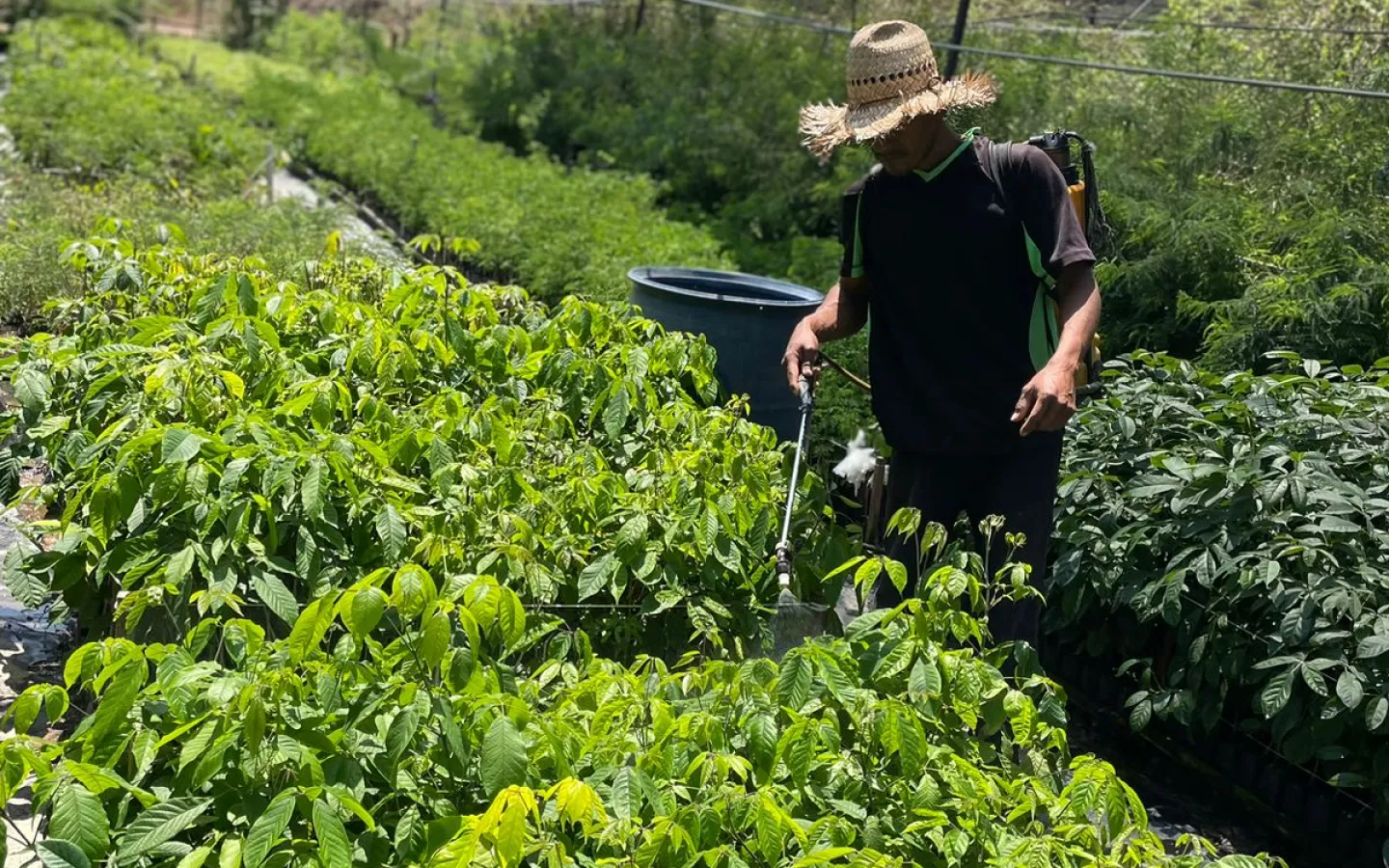
Irrigation of young seedlings in the tree nursery
At 18 locations, 120 camera traps were set up to determine the density and presence of jaguars and their prey. The results confirm the presence of jaguars and other important species.
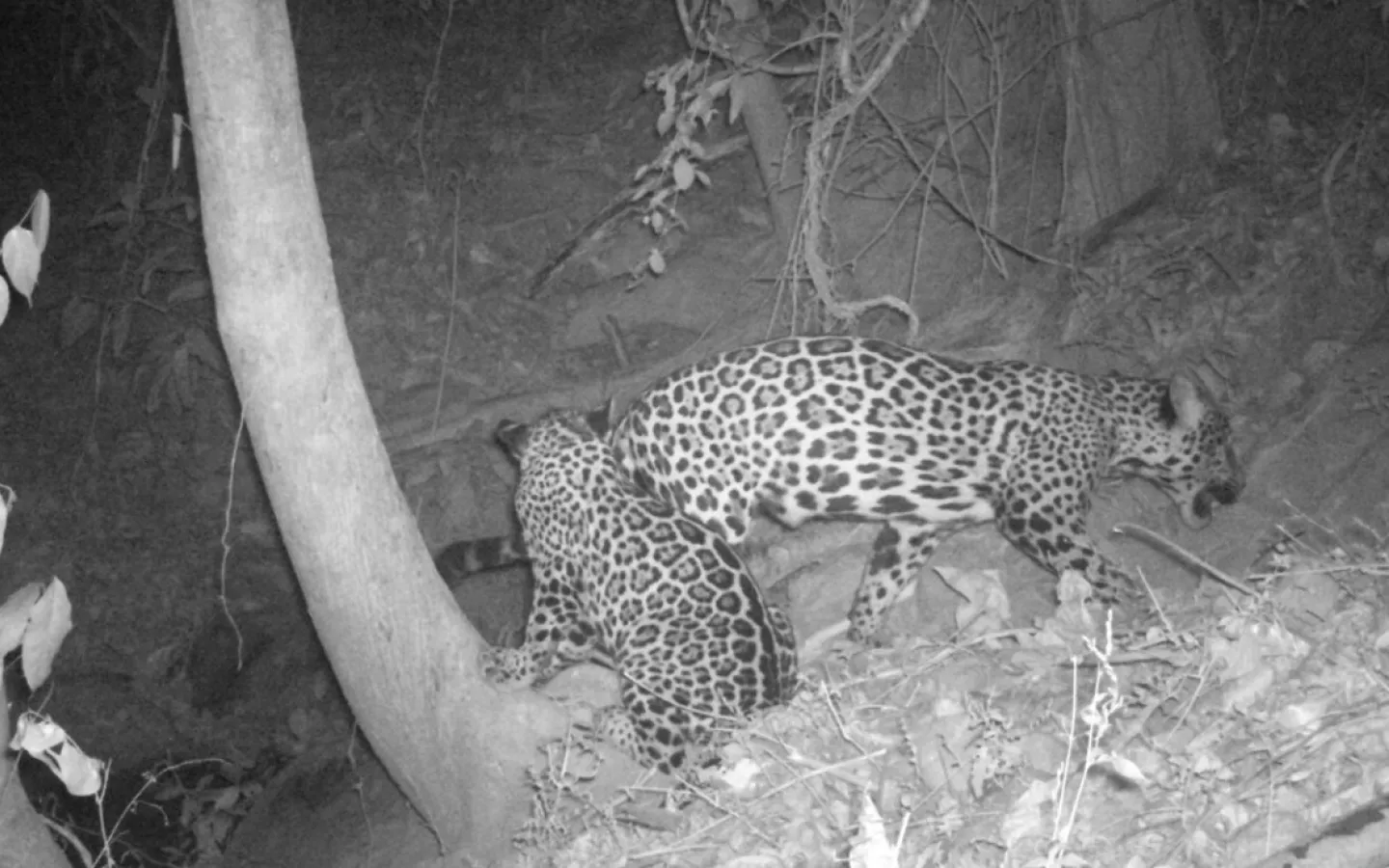
Jaguar sighting thanks to night camera trap
Capacity building in 19 communities is underway: Training sessions to improve livestock management and reduce conflicts between humans and jaguars have been developed. Meetings with livestock farmers in Jalisco and around the Marismas Nacionales protected area identified opportunities to improve production practices, focusing on biodiversity protection and promoting sustainable practices such as shade-grown coffee, sustainable timber harvesting, and livestock farming. Other activities include training in regenerative livestock farming and the installation of electric fences to protect livestock and promote peaceful coexistence between humans and wildlife.
More details about the project can be found on our project website.
Current updates on the Mexico project can be found on the WWF Forests Forward Platform.
MALAYSIA: Protecting Biodiversity in Ulu Muda
Malaysia is home to some of the world's oldest and most biodiverse lowland forests. Unfortunately, deforestation, conversion to oil palm or rubber plantations, climate change, and human-wildlife conflicts threaten forests and biodiversity across Malaysia. Together with WWF Switzerland and SIG, WWF Malaysia is working on this project to preserve one of the country's many important forest ecosystems.
The project, which started in early 2024, focuses on the Ulu Muda forest complex in the state of Kedah in the northwest of Peninsular Malaysia. The forest is home to a large number and variety of plant and animal species, including a large population of endangered Asian elephants. Many people in Malaysia rely on this forest as a vital watershed for their livelihoods and rice cultivation.
With the support of local partners, the project aims to improve the management of over 170,000 hectares of forest, better connect the forest with a southern forest complex, and pilot the restoration of 25 hectares of degraded areas within the forest.

Hornbill (Anthracoceros albirostris)
The goal is to maintain a resilient forest complex for the future that can continue to provide essential ecosystem services for the northern region of Peninsular Malaysia, ensuring a secure water supply and contributing to the country's food security.
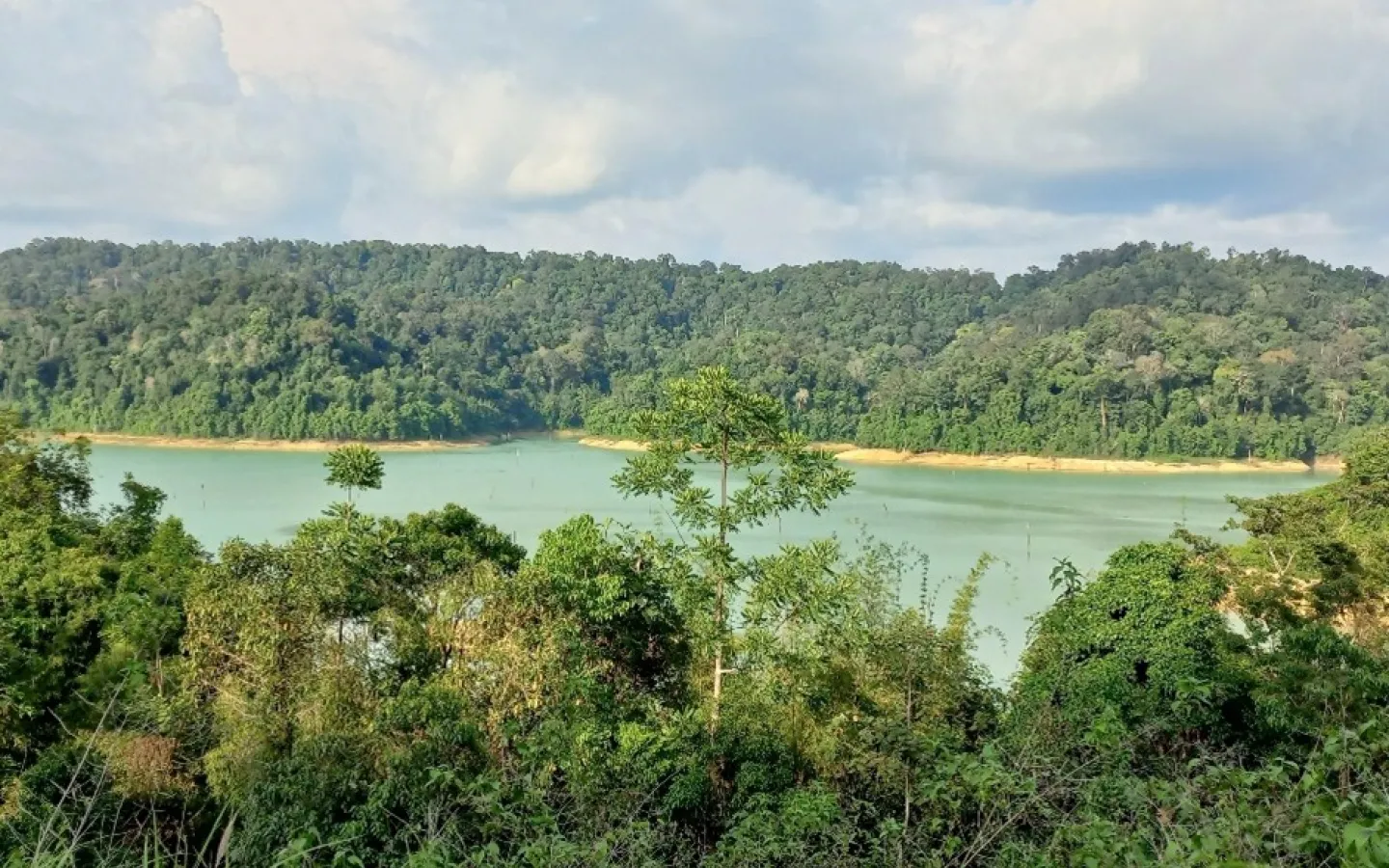
Pedu Reservoir in the Ulu Muda Forest Complex
The project was launched in mid-2024, and several important steps have already been achieved: Collaboration with authorities and the local population has been successfully initiated to obtain the necessary permits and support for the project. An awareness-raising event with the local population was conducted to highlight the importance of forest conservation, increase acceptance of the project, and involve the population in conservation measures.
Current updates on the Malaysia project can be found on the WWF Forests Forward Platform.
THAILAND: Protection and Connectivity of Important Forest Landscapes
Thailand has diverse forest landscapes, ranging from tropical rainforests to deciduous forests and mangroves, which host a rich biodiversity. However, the country faces significant deforestation due to agricultural expansion, illegal logging, and infrastructure development. In recent years, Thailand has committed to protecting 30% of its land and waters by 2030.
This project aims to support the "30% by 2030" goal by improving forest conditions in three unique landscapes, benefiting 60,000 hectares of forest.
Dawna Tenasserim is one of Southeast Asia's largest and most intact forest landscapes, encompassing 74 protected areas and home to numerous endangered species. Despite its diversity, the landscape is threatened by forest destruction and illegal activities. There is an opportunity to reconnect a 600 km long tiger landscape and restore the habitat of leopards.
Watch the short video about the Thailand project:
Camera trap footage of a tiger with 3 cubs in this latest image.
Lower Songkram is one of Thailand's last flooded forests and plays a crucial role in the ecological integrity and resilience of freshwater wetlands. The landscape is threatened by climate change and the loss of riverine forests. It is possible to reduce forest destruction and increase forest area.
Dong Phayayen Khao Yai Forest Complex is a biodiversity hotspot and a World Heritage Site. Despite its ecological significance, the area is threatened by forest destruction and illegal logging. The goal is to protect the forests and preserve the habitats of tigers and elephants.
The project objectives include reconnecting ecosystems, strengthening and expanding protected areas, implementing long-term solutions for human-wildlife conflicts, and involving communities in conservation efforts and creating alternative livelihoods.
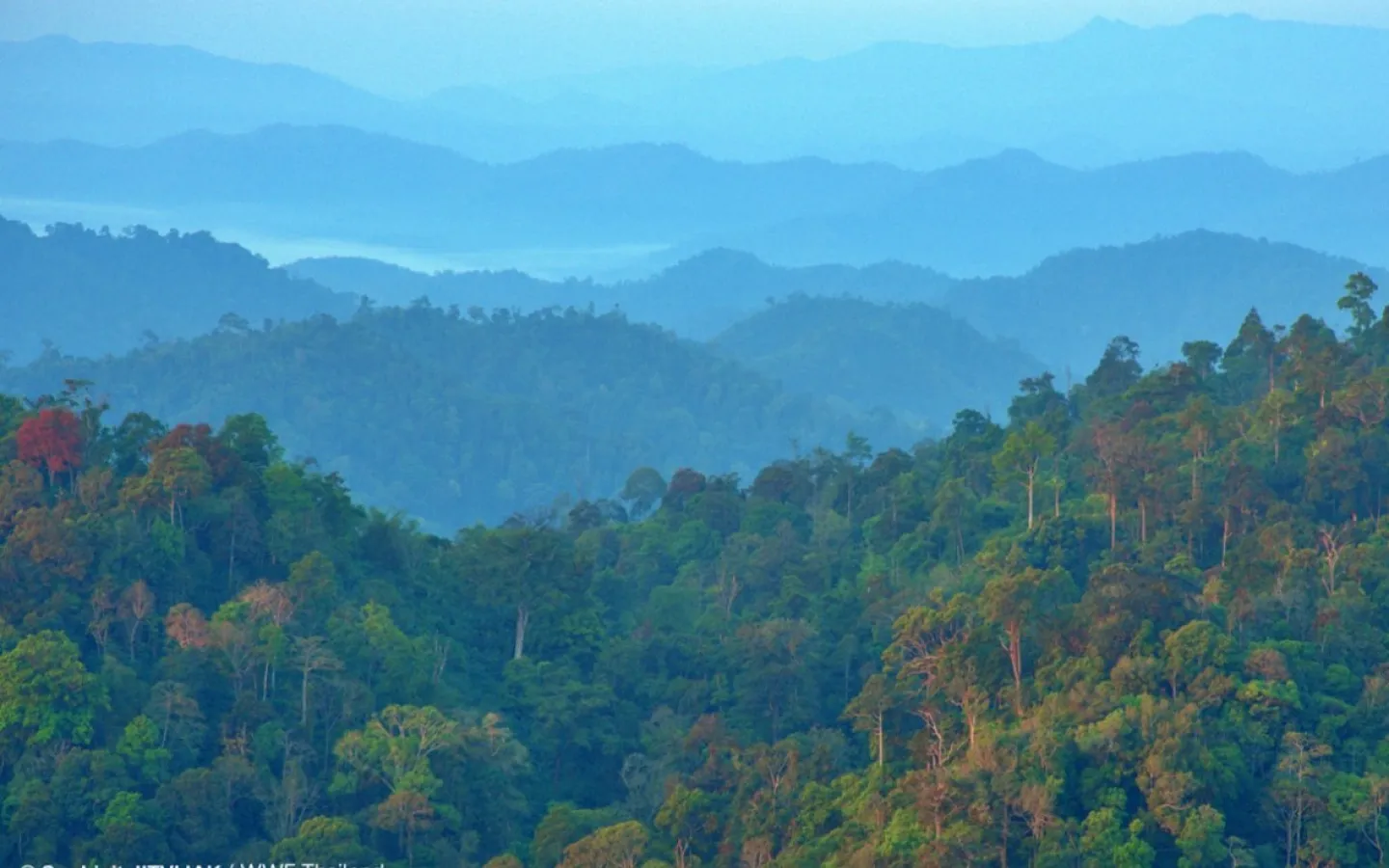
Khao Krachom
In the first 3 months of the project, which started in October 2024, significant foundations were laid: WWF Thailand successfully recruited all essential project staff. This strategic recruitment enabled the timely achievement of key milestones, including the involvement of critical stakeholders in the target areas.
Field visits provided valuable data on physical and ecological conditions, defined the scope of project activities, and delivered crucial information for planning subsequent phases. Baseline data, particularly spatial data from GIS databases and external agencies, were systematically compiled.
The collected data and insights contributed to the development of detailed work plans, including a three-year strategic plan and a one-year action plan.
